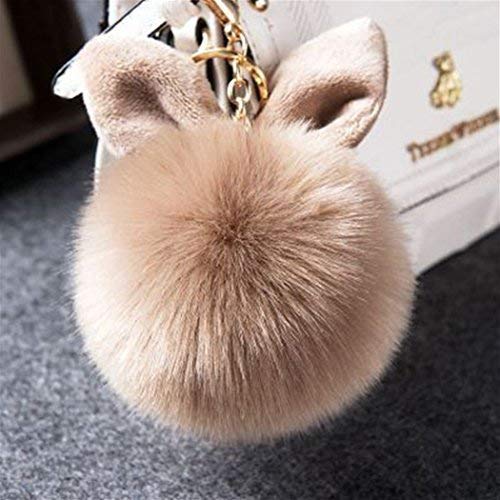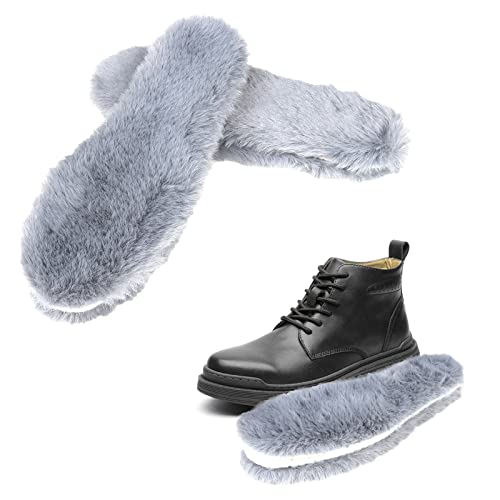Hello! This is my first time posting!
I have a question about my holland lop buck. When I first got him I thought he was orange however I bred him with a chestnut doe and she produced oranges and harlequins. How is that possible? I only recently started researching rabbit genetics. If he was orange he would have ee and in order for my doe to have orange kits she would have Ee. Then where would the harlequin come from? I then thought that he was just a lightly marked harlequin. Would that be the case? Any information would be extremely helpful! Thank you! I included a picture of the buck and the litter.
Your buck certainly looks torted. Tort is a self variety, so it
could hide a harlequin allele <
e(j)>, which typically needs to be homozygous to express in a self. And, a harlequin allele can cause "torted" colors, though it usually looks like a torted harlequin if the rabbit is self <
aa> with <
e(j)> in the dominant position. That said, while tort can be quite variable in terms of how heavily torted the rabbit appears, there are a few places on your buck that make me wonder whether he is actually a torted harlequin <
aaB_C_D_e(j)e> rather than a true tort.

I'd expect a lot more dark on the feet and belly of a true tort, and the buck's ear is lighter and has more patchy variations in shade than I am used to seeing. But again there are modifiers that really affect the amount and distribution of the torting coloration.
As far as being chocolate, it's hard to say from the one photo. That could partially explain the relatively light dark parts, but those could also be due to those ever-present modifiers.
So I'm thinking the best guess for that guy is <
aaB_C_D_e(j)_> or <
aabbC_D_e(j)_>. In either case, the homozygous self alleles could completely or partially hide an <
e(j)>. He
could be a true tort <
aaB_C_D_ee> or <
aabbC_D_ee>, but again, the lack of any dark, even chocolate, on his chest/belly makes me suspicious. Also, since the doe doesn't look harlequinized at all, I'd guess the harlie <
e(j)> is coming from him.
I don't see any torts in the litter. The two obviously torted kits (blue arrows below) have light inner ear linings, which torts do not (tort is a self variety). I'd probably call those fox, aka torted otter <
a(t)_B_C_D_ee>, or possibly japanese fox (aka torted harlequin otter <
aaB_C)D)e(j)_>). Otter <
a(t)> can hide in agoutis like your doe, which by the way is super cute and does look chestnut to me. I don't see anything that makes me think the doe has <
e(j)>; it can sometimes hide behind an E as <
Ee(j)>, but that combination usually looks like a harlequinized chestnut. She could easily have inherited the <
a(t)> from her otter dam. In that case, she'd be <
Aa(t)B_C_D_E_>, possibly <
Aa(t)B_C_D_Ee(j)>.

The kit with pink arrows looks like it may be japanese fox; I think I might see torting on its nose and ears, but I'd like some different views to be sure.
I've compared some pictures of lop
selves vs
steels and now I'm not so sure the black one is steel, I think its just a black self. None of the parents are steels so that would not be possible as steel cannot be hidden.
Steel <
E(S)> can be hidden in self <
aa> colors, and also to some extent by otter <
a(t)_>. A "steeled otter" is identifiable if you know what you're looking at, but to many people it looks like a poorly-marked otter.
The black kit looks black to me; I don't see any evidence that would make me think steel.
I tried my hand at the genes to see if things lined up. I did not understand what you meant by "WE chocolate" for the buck's parent and Google was not helpful so I just put down what I could take from "chocolate"

These days, "WE" usually refers to the White Ear allele, which is on its own locus. It's a relatively new allele that is becoming pretty common in Hollands in the USA (it's been around for longer in Europe).













































